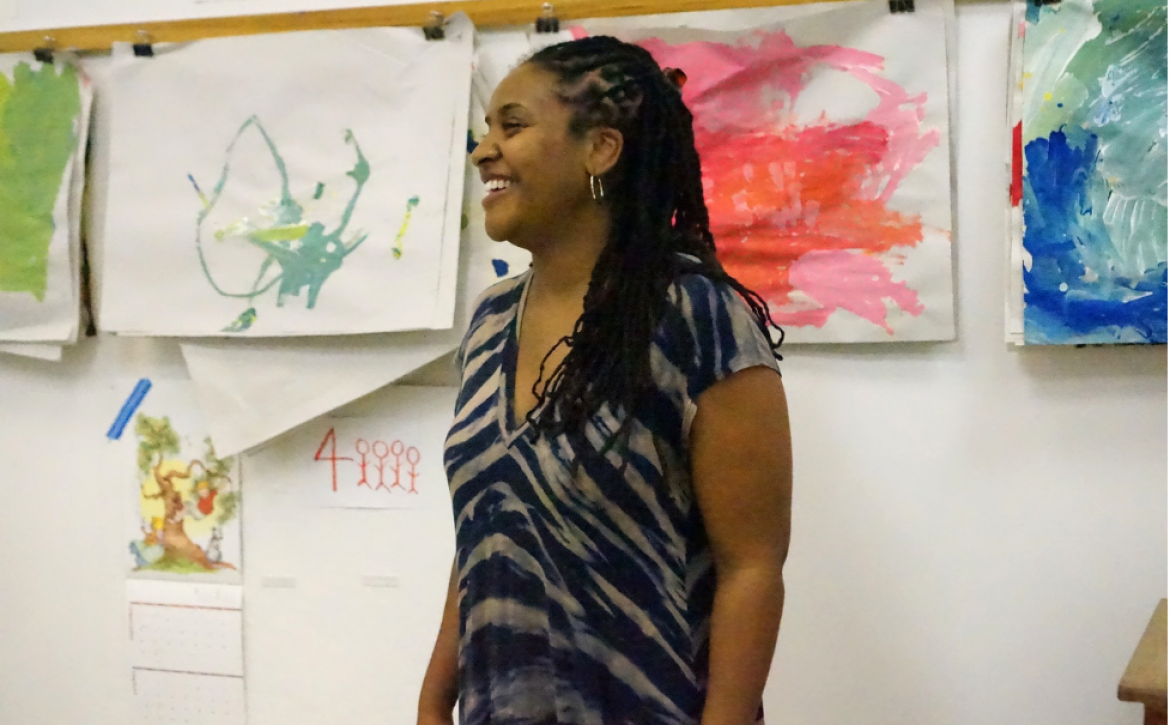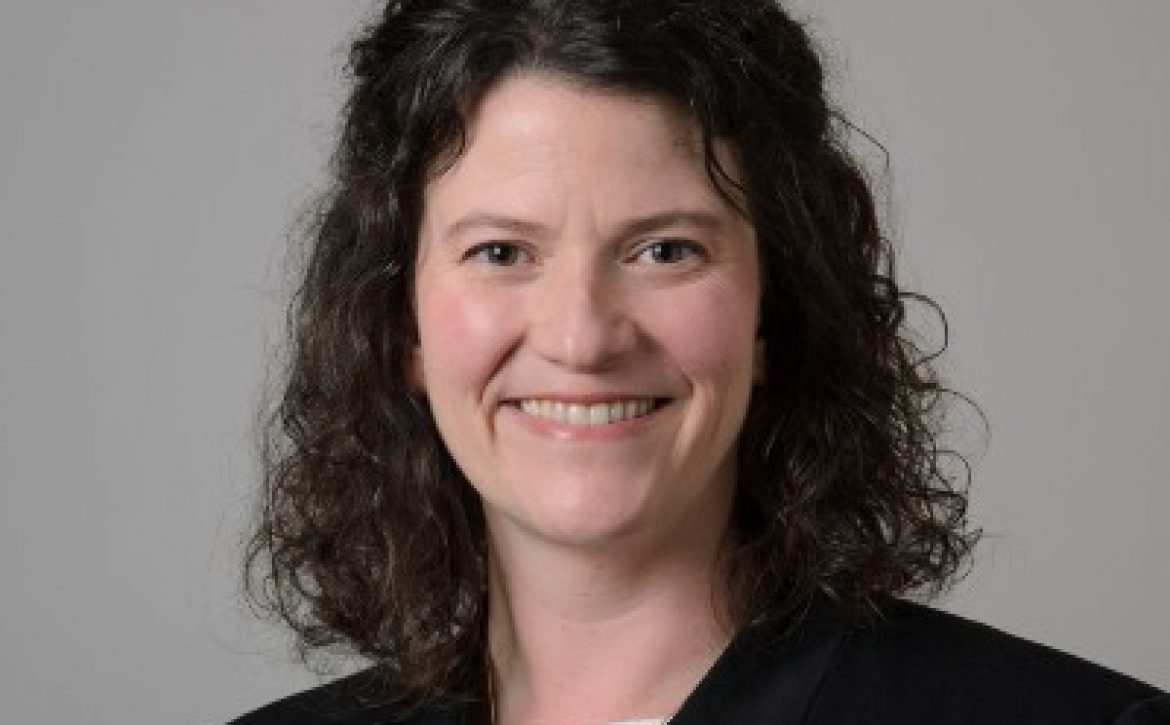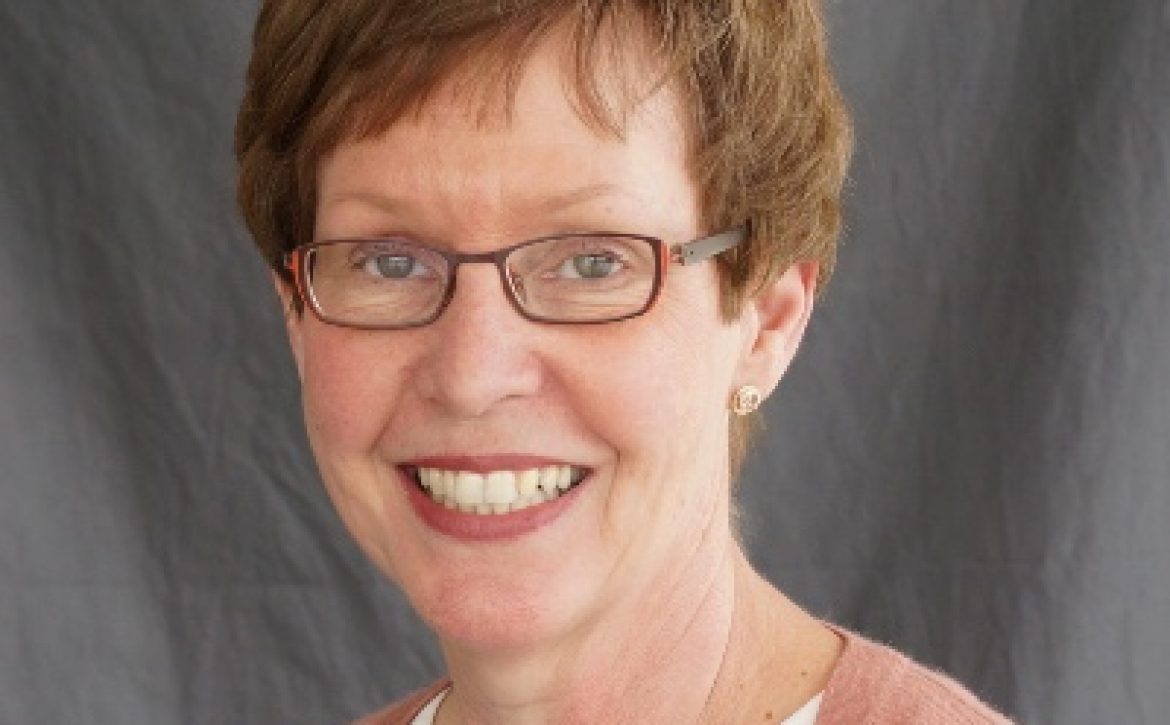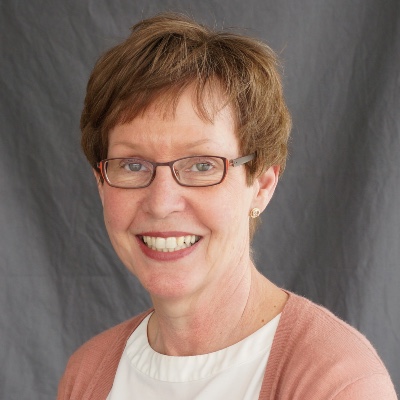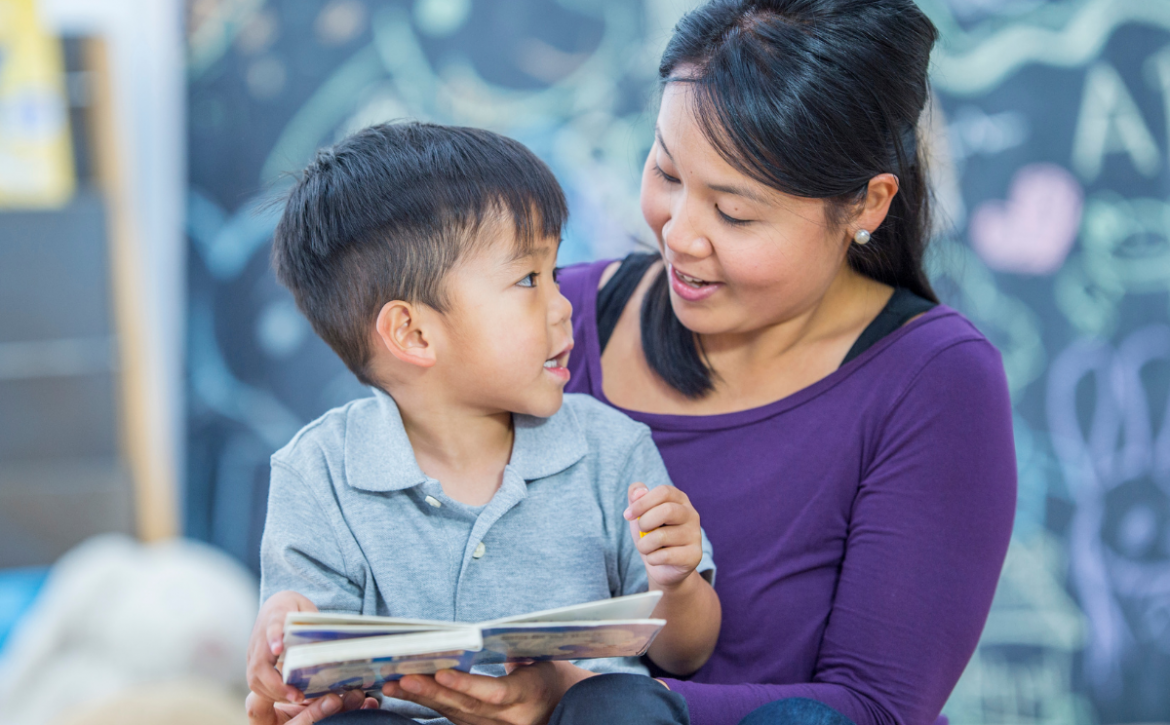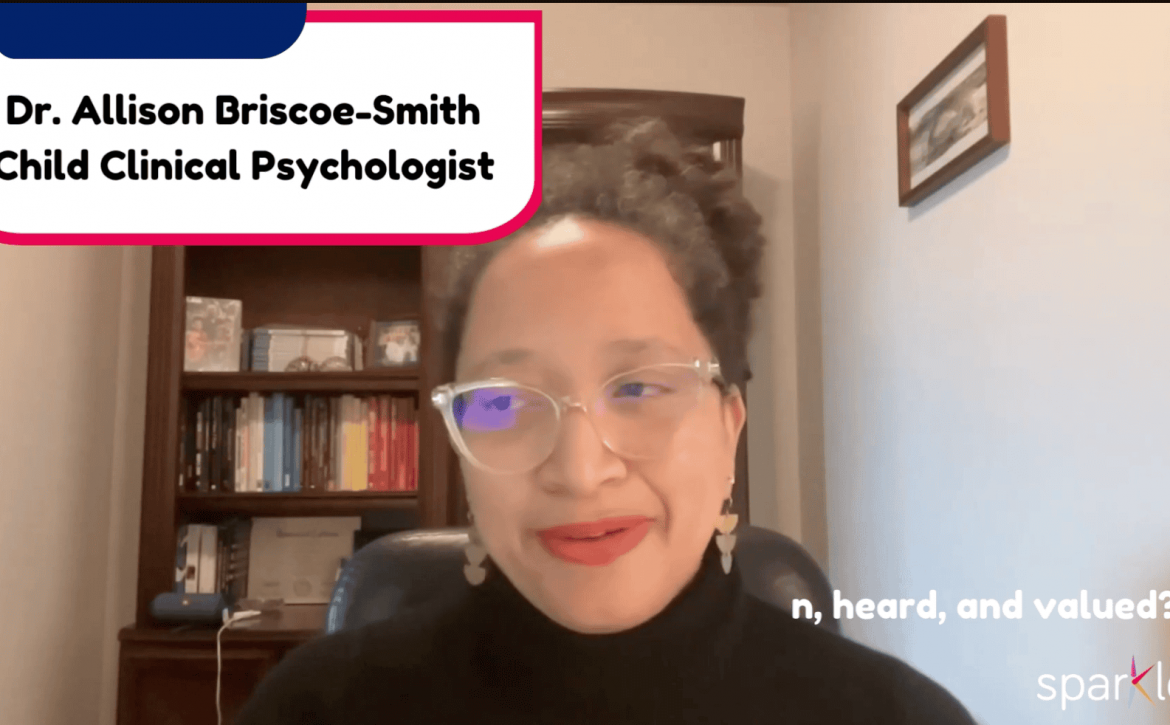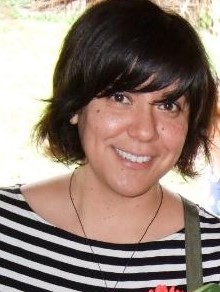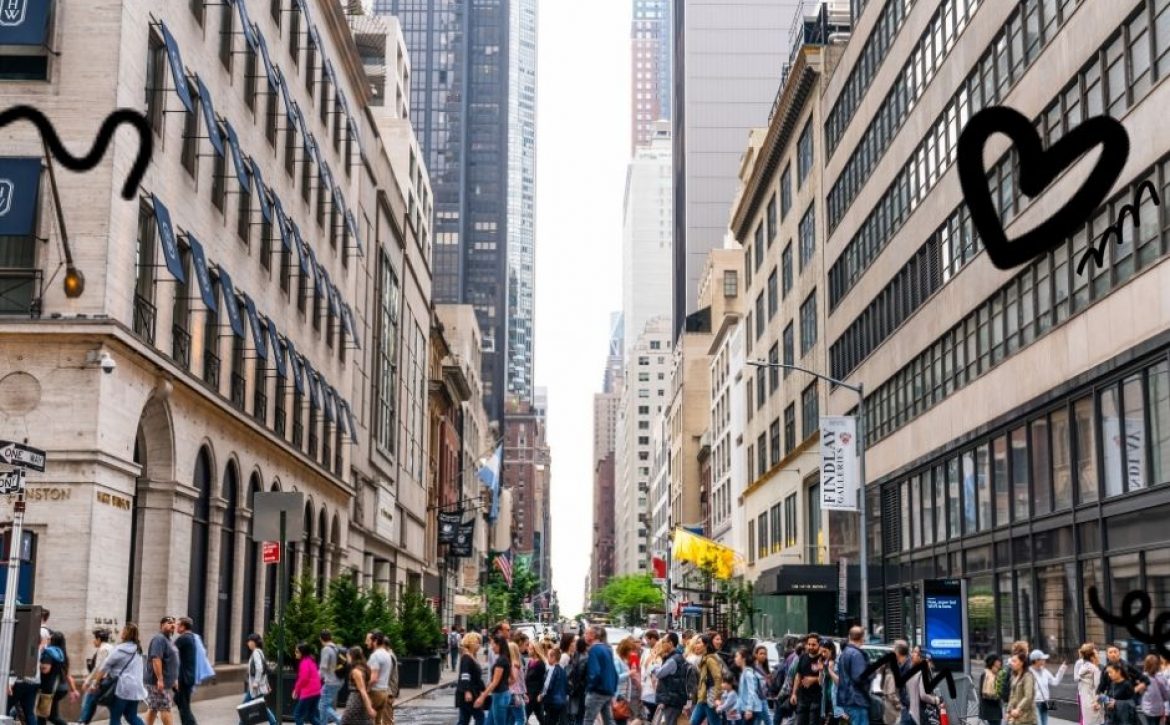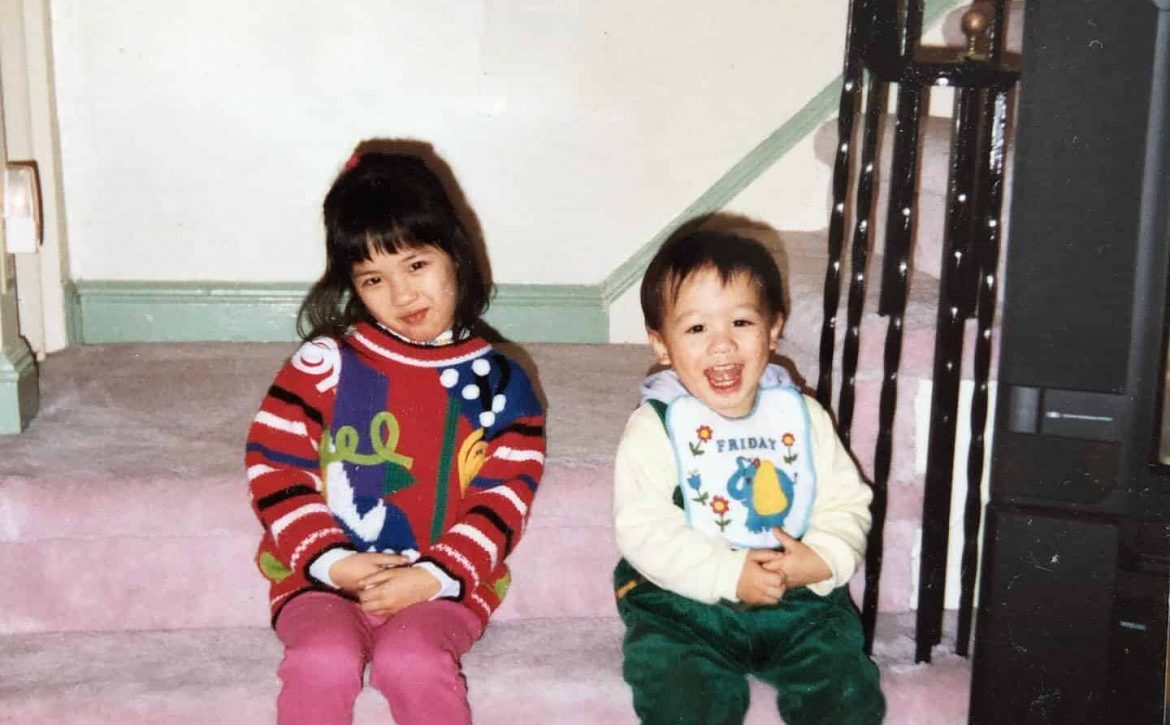All About Camp Sparkler: Q&A with Dana Stewart
For more than 100 years, researchers have been asking: What happens to student learning during the summer months? Researchers have found evidence of what educators call “summer slide,” “summer setback,” or “summer learning loss,” especially for children from low-income families (source).
These statistics are not destiny! Summer can be a time of growth, curiosity, exploration, and advancement! 2024 is the third summer of Sparkler Learning’s summer learning program — Camp Sparkler. Learn more about the program from Sparkler’s Education Director, Dana Stewart.
Q&A About Camp Sparkler
Sparkler: In your experience, is ” summer learning loss” real for preschoolers and young children?
Dana: Yes! I remember as a preschool teacher, we spend the whole year building up routines. By the spring, children are so practiced that they know exactly what to do in the classroom. If they go away for two weeks, and it’s like they never learned the routines. When we think about summer learning loss, we tend to think about older children and academic learning, but the same principles hold true for toddlers and preschoolers. They’re just learning different things in school.
Sparkler: As a mom and longtime preschool teacher and leader, can babies, toddlers, and preschoolers actually keep learning in the summer months?
Dana: Yes! In fact learning never stops with young children. I think that’s why it’s especially important for us — as caregivers of young children — to create opportunities for them to practice the skills that we want to promote throughout the year.
Sparkler: Why is the summer actually an important time for learning?
Dana: I think summer offers new opportunities for learning because a lot of us tend to slow down. The hustle bustle of the school year slows; children are less busy. This gives families opportunities to really dig into their children’s interests. We’re also outside more in the summer months, which gives children a chance to explore the natural world freely in a way that is more complicated when it’s colder outside. Summer can be an especially great time to involve children in sensory-rich activities like splashing in sprinklers, blowing bubbles, and playing in the sand.
Sparkler: Why have you built the Camp Sparkler program around stories?
Dana: Stories are amazing, stories are magic, stories connect people across cultures and around the world! Children are naturally drawn to stories, so they tend to be more engaging for young children, and the diversity of stories from various cultures offers lots of opportunity to explore different topics through play. Most people can’t get on an airplane and visit South America, Asia, and Africa over the summer, but through stories we’re able to give children a chance to go on this adventure and learn something about people and traditions from far away.
Sparkler: Sparkler emphasizes play — why is play important in the Camp Sparkler program?
Dana: Play is how children learn best. I think play is how everybody learns best. The physical experience of play is the best teacher. It’s the joyful self-directed practicing of skills that helps to crystalize new information. It generates new ideas and is the birthplace of creativity and ingenuity. The fact that play is FUN is maybe the most important aspect of play. We are motivated to play because it doesn’t feel like a chore. Playing WITH people you love is even better.
Sparkler: People are busy — how much time does a busy parent or caregiver have to spend playing with a child in order to make a difference?
Dana: The good news is that it doesn’t take much time at all. Even five or ten minutes a day can make a huge difference. The best is when you can spend a few minutes playing with your child and then set them up to continue playing, thinking, and processing independently for a few minutes.
Sparkler: What are some of the highlights of Camp Sparkler this year?
Dana: One of the things I’m most excited about at Camp Sparkler this year is the FAMILY TALES PROJECT, where we are encouraging children to listen to stories told by their grown-ups and turn them into a book of family lore. I’m excited to see the books that Sparkler families create this summer!
Sparkler: This will be your third summer leading Sparkler’s summer learning program. What brings you joy about Camp?
Dana: My favorite thing about camp is creating new play activities I’m really excited about and sharing those with families — and seeing their excitement as they play them together.
Sparkler: Will there be any new songs this year as part of Camp?
Dana: Yes! Last year, we had the Once Upon a Time song, which will be part of Camp again this year. We’ll also share about 3 new songs.
Sparkler: How can families access Camp Sparkler?
Dana: If a family already has a Sparkler account, they’ll start seeing camp activities on their app home screen on July 8, 2024. If a family doesn’t have a Sparkler account, they should create one, linking up with their local school or program and then they’re all set. Families can start anytime over the summer. It’s OK if they miss the first day or week. People can learn more on our website, and if there are other questions, just reach out to support@playsparkler.org.

